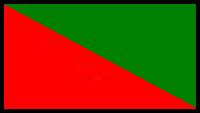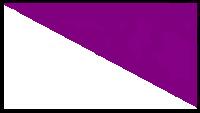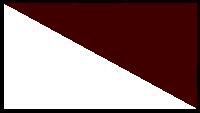Topic: AIF - 5B - 2 NZMGS
2nd New Zealand Machine Gun Squadron
5th Australian Light Horse Brigade
Nominal Roll

The following Nominal Roll for the 2nd New Zealand Machine Gun Squadron, 5th Light Horse Brigade, Desert Mounted Corps (2nd NZMGS) comprises the men known to have served with that formation during the Great War. Note: There are many names missing and as time goes on these gaps will be filled.
Nominal Roll
12573 Trooper Richard William BEAL, 4th Battalion, 15th Company.
12574 Trooper Cyril BEECROFT, 4th Battalion, 15th Company.
12579 Trooper Joseph Dick BRITTEN, 4th Battalion, 15th Company.
12591 Trooper James DONNELLY, 4th Battalion, 15th Company.
12599 Trooper Charles Walter HALL, 4th Battalion, 15th Company.
12601 Trooper Thomas HAMILTON, 4th Battalion, 15th Company.
12609 Trooper William KEATING, 4th Battalion, 15th Company.
11488 Trooper Kenneth William KERR, 4th Battalion, 15th Company.
12613 Trooper Charles William LARSON, 4th Battalion, 15th Company.
13671 Trooper Edward MCCARTHY, 4th Battalion, 15th Company.
12630 Trooper James MCGOVERN, 4th Battalion, 15th Company.
12657 Lance Corporal Herbert WATT, 4th Battalion, Headquarters.
12668 Trooper William WOODS, 4th Battalion, 15th Company.
Acknowledgement: Many thanks to Steve Becker who provided much of the raw material that appears in this item.
Further Reading:
2nd New Zealand Machine Gun Squadron
5th Australian Light Horse Brigade
Imperial Camel Corps, Roll of Honour
Battles where Australians fought, 1899-1920
Citation: 2nd New Zealand Machine Gun Squadron, Nominal Roll









